The ocean might look like a giant swimming pool from your beach chair, but some coastal destinations pack hidden dangers beneath their picture-perfect surfaces. From killer currents that can drag even strong swimmers out to sea to waters teeming with creatures you don’t want to meet, these beach towns serve up beauty with a serious side of caution.
Every year, thousands of beachgoers underestimate the power of the ocean and find themselves in life-threatening situations. Here is a list of 19 beach towns where the swimming conditions demand extra respect and preparation.
New Smyrna Beach, Florida
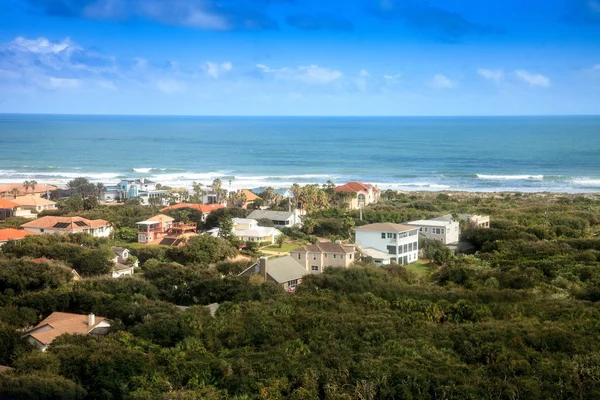
This Florida hotspot holds the unfortunate title of ‘shark attack capital of the world’ for a reason. The murky waters and abundant baitfish create a perfect storm where sharks and surfers cross paths more often than anyone would like.
Add in strong rip currents during certain seasons, and you’ve got conditions that keep lifeguards on high alert year-round.
Hanakapiai Beach, Hawaii
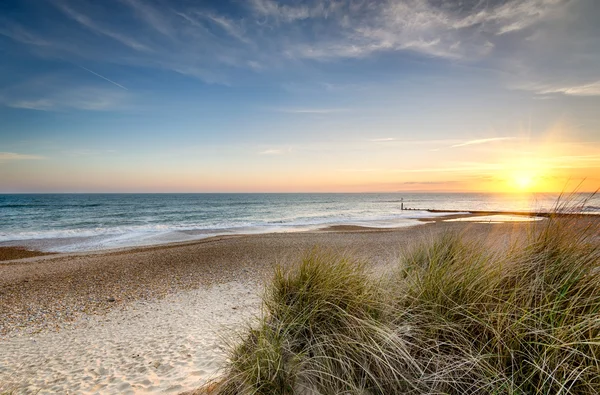
Don’t let those Instagram photos fool you—this stunning beach on Kauai’s Na Pali Coast has claimed dozens of lives since the 1970s. The powerful currents here work like an invisible conveyor belt, pulling swimmers away from shore faster than they can paddle back.
There’s no reef to break the waves, so the full force of the Pacific Ocean hits the beach directly.
Like Travel Pug’s content? Follow us on MSN.
Cape Hatteras, North Carolina

The Outer Banks might be a vacation paradise, but Cape Hatteras sits right where two major ocean currents collide, creating chaos in the water. This collision zone generates massive waves, dangerous undertows, and constantly shifting sandbars that can trap even experienced swimmers.
The area didn’t earn the nickname ‘Graveyard of the Atlantic’ by accident.
Myrtle Beach, South Carolina

Behind all those family-friendly boardwalk attractions lurk rip currents that catch tourists off guard each summer. These underwater channels can pull swimmers offshore, and the crowded conditions sometimes make it harder for lifeguards to spot people in trouble.
The gentle appearance of the water can lull visitors into a false sense of security.
Ocean City, Maryland
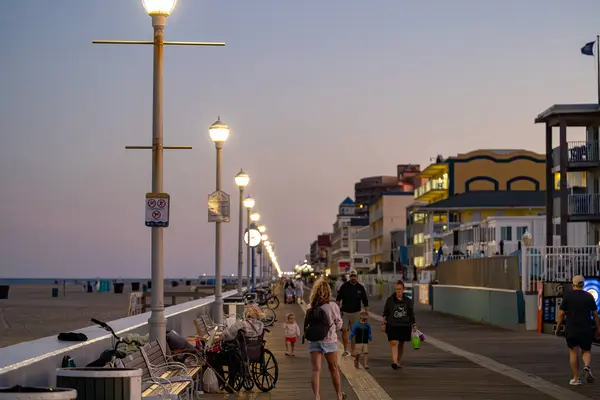
Strong undertows here can knock swimmers off their feet and drag them along the bottom, especially near the steep beach drop-offs. The combination of wave action and underwater topography creates conditions that can cause people to lose their footing in deeper water.
Even experienced swimmers need to stay alert when the surf picks up.
Like Travel Pug’s content? Follow us on MSN.
Daytona Beach, Florida
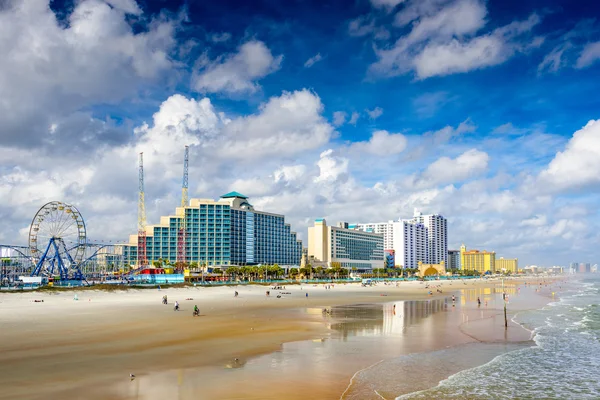
The combination of heavy vehicle traffic on the sand and rip currents creates a uniquely challenging environment for swimmers. Cars driving on the beach kick up sand that reduces water visibility, while currents that form along this stretch of coast can pull swimmers away from their intended swimming area.
The busy atmosphere often distracts people from recognizing changing water conditions.
Stinson Beach, California
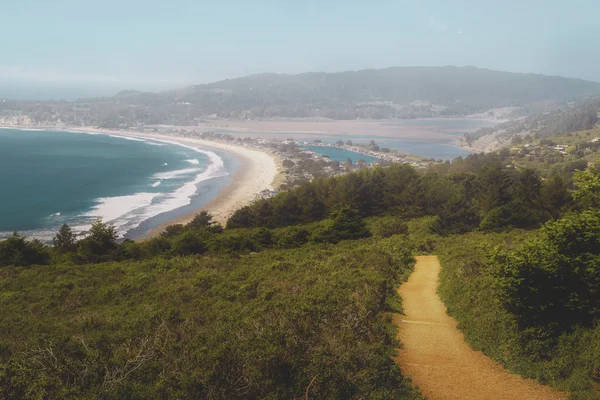
This Northern California beach sits right in the heart of great white shark territory, where the predators hunt seals and sea lions year-round. The cold Pacific waters here hover in the 50s and 60s, meaning swimmers face both risks of shark encounters and the rapid onset of hypothermia.
Multiple shark attacks have occurred in these waters over the years.
Bolinas Beach, California
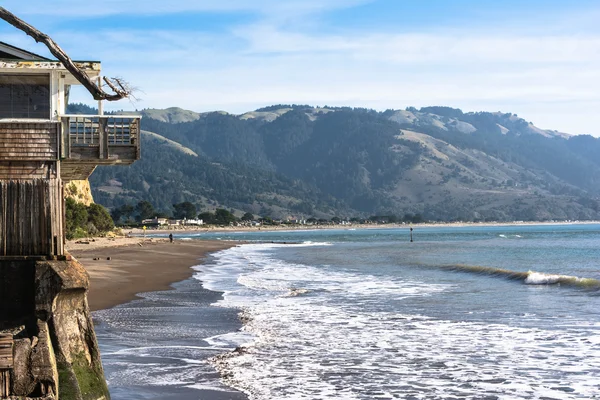
Great white sharks frequent these Marin County waters, drawn by the large elephant seal colonies that call nearby beaches home. The sharks patrol these feeding grounds regularly, making encounters with humans a real possibility during peak seal seasons.
The remote location also means help is far away if something goes wrong in the water.
Like Travel Pug’s content? Follow us on MSN.
Fire Island, New York
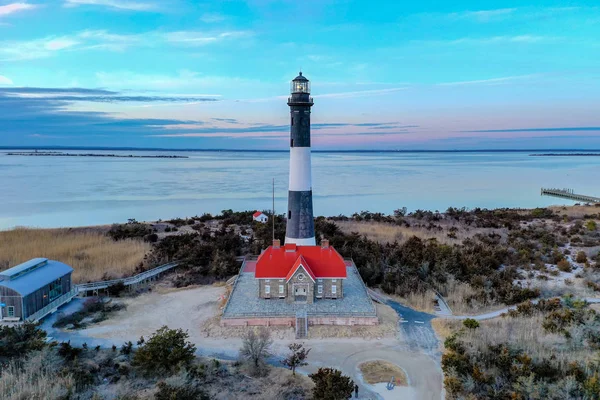
Rip currents along this barrier island can form quickly and catch swimmers off guard, particularly during busy summer weekends when lifeguard coverage is stretched thin. The narrow island geography creates channels where water rushes back to sea with surprising force.
Strong swimmers have found themselves pulled far from shore faster than they anticipated.
Wrightsville Beach, North Carolina
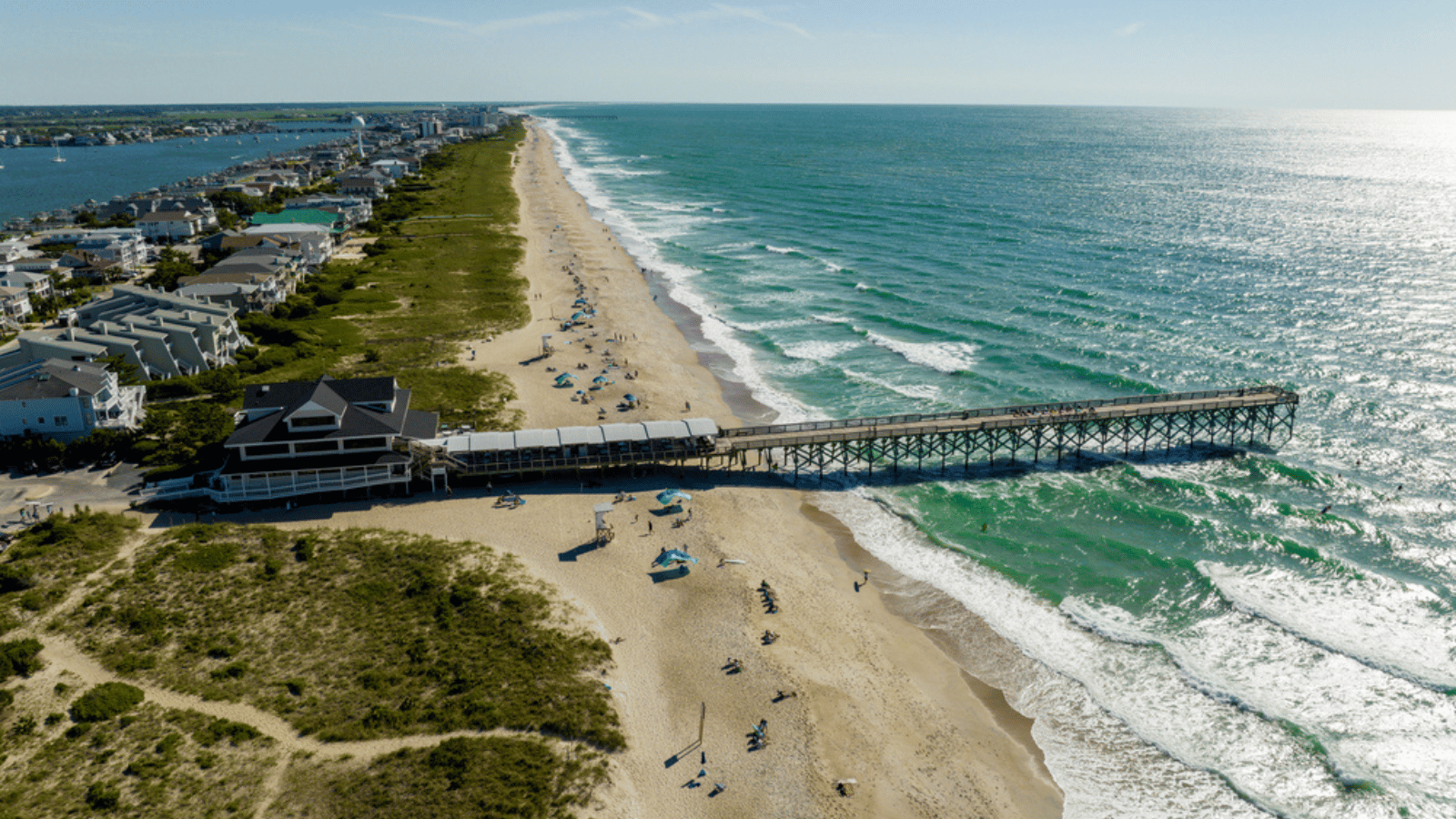
This popular surf destination generates rip currents that form and shift throughout the day as sandbars change position. The constantly evolving underwater landscape creates channels that funnel water offshore at dangerous speeds.
Even locals who know the area well can be surprised by new current patterns that develop overnight.
Rehoboth Beach, Delaware
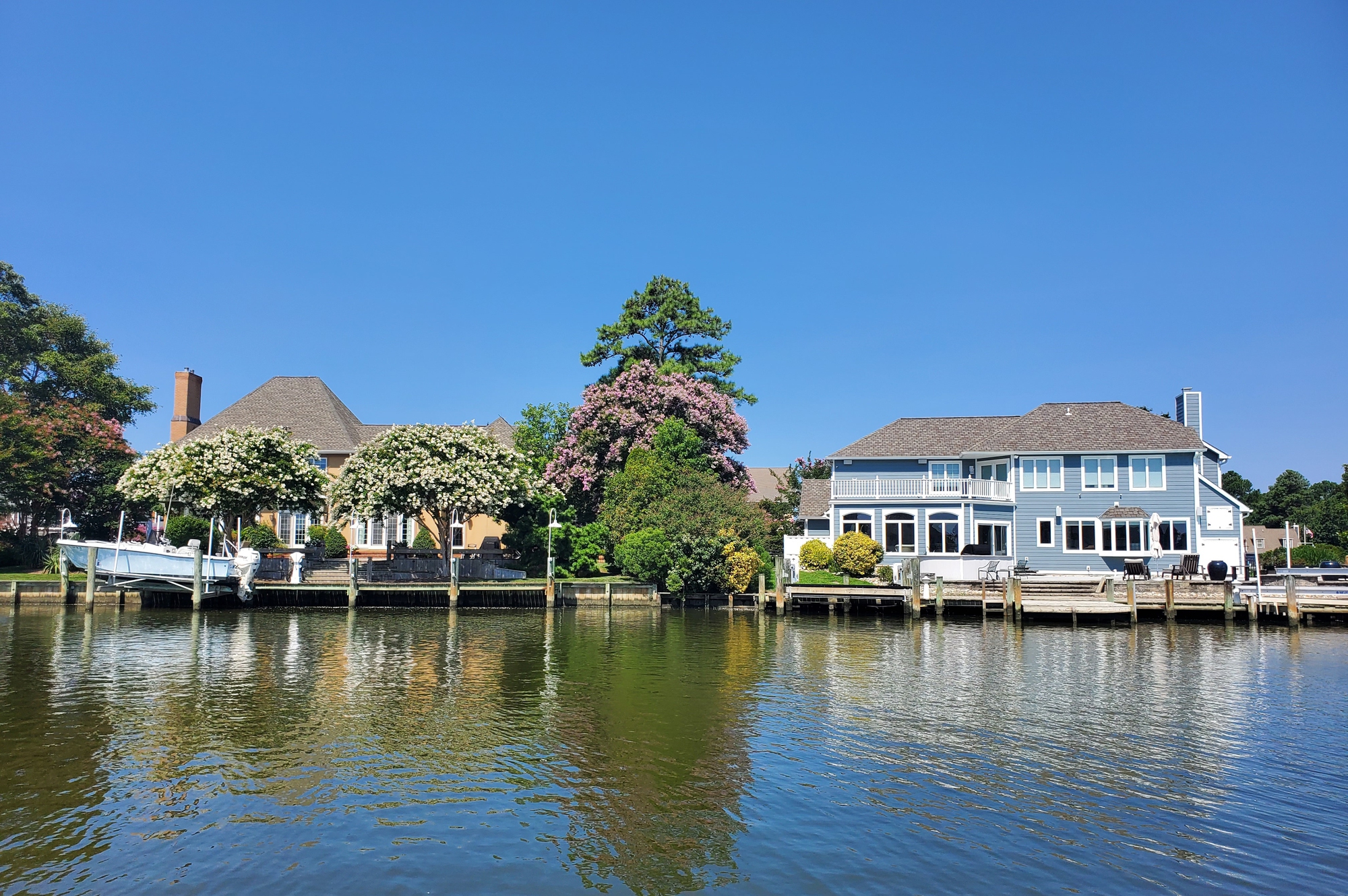
Rip currents can develop along this family-friendly shoreline without obvious warning signs, catching swimmers in areas where the water looks perfectly calm. Local emergency responders handle several water rescues each summer when these currents catch people off guard.
The currents here are particularly sneaky because they often form in seemingly safe areas.
Like Travel Pug’s content? Follow us on MSN.
Panama City Beach, Florida
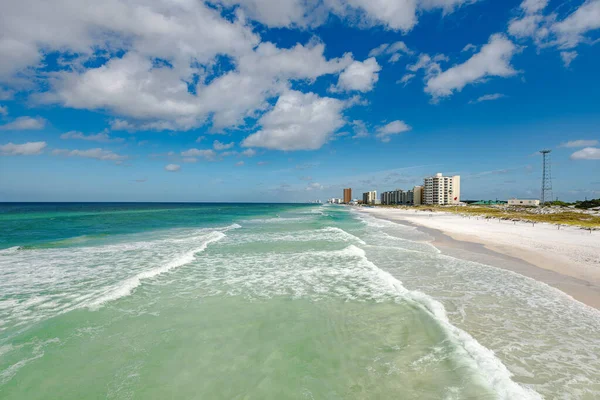
This stretch of Florida coast consistently ranks high in water rescue statistics due to frequent and powerful rip currents. The currents form quickly and without obvious warning signs, turning calm beach days dangerous in minutes.
The white sand beaches and clear water can mask the underwater topography that creates these hazardous current systems.
Cocoa Beach, Florida
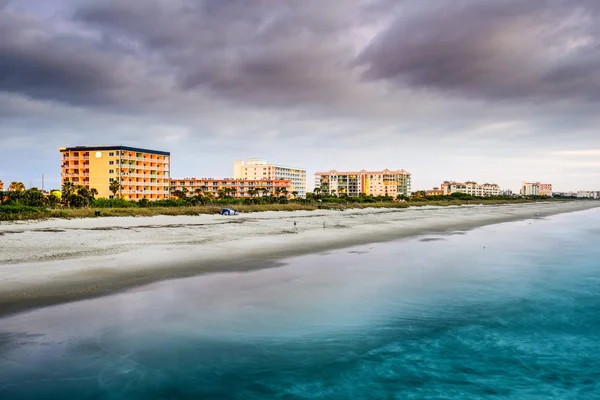
Steady surf conditions here create longshore currents that can carry swimmers down the beach much farther than they intended to go. The area sees occasional shark sightings, particularly during baitfish migrations when predators follow their food sources close to shore.
Swimmers need to stay aware of both current direction and marine life activity.
Montauk, New York

The meeting point of Long Island Sound and the Atlantic Ocean creates conflicting currents that can overwhelm swimmers within minutes. Water temperatures rarely climb above the low 60s, even in summer, meaning hypothermia becomes a real threat for anyone who gets caught in currents and can’t make it back to shore quickly.
The rocky coastline also offers few safe exit points for swimmers in trouble.
Like Travel Pug’s content? Follow us on MSN.
Folly Beach, South Carolina
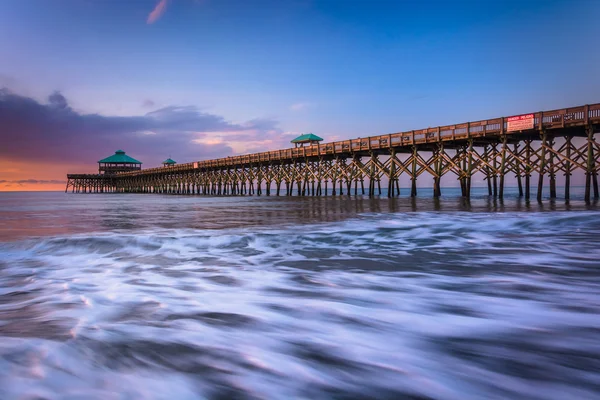
This Charleston-area beach has earned a reputation for shark encounters, with several documented attacks in recent years. Bull sharks and blacktip sharks frequent these waters, especially during summer months when baitfish are abundant.
The murky water conditions make it difficult for swimmers to spot approaching marine life.
Crystal Coast, North Carolina

Strong rip currents and shifting sandbars make this stretch of the Outer Banks particularly challenging for swimmers. The underwater geography changes frequently due to storm activity, creating new hazards that even experienced locals might not expect.
Coast Guard rescue operations are common here during peak summer months.
Pfeiffer Beach, California

Powerful waves and unpredictable currents make this Big Sur destination beautiful, but they also pose a danger to swimmers. The beach faces directly into the Pacific with no protection from offshore storms, meaning wave conditions can change rapidly from calm to life-threatening.
Cold water temperatures increase the risk of hypothermia in already challenging surf conditions.
Like Travel Pug’s content? Follow us on MSN.
South Padre Island, Texas
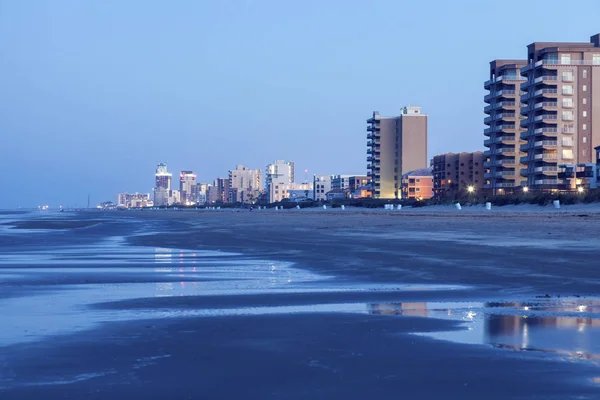
Strong rip currents and occasional shark activity make swimming here more dangerous than the party atmosphere might suggest. Bull sharks patrol these Gulf waters regularly, and the warm temperatures create perfect conditions for bacterial growth that can cause serious infections.
Spring break crowds often underestimate the real risks present in these waters.
Cannon Beach, Oregon

Sneaker waves along this Oregon coast have earned their name by catching beachgoers completely off guard with walls of water that can knock people down and drag them out to sea. These rogue waves appear without warning, often when the ocean seems relatively calm, and they pack enough force to move logs and boulders around like toys.
The frigid Pacific water means anyone swept away faces hypothermia within minutes.
Where Beauty Meets Danger
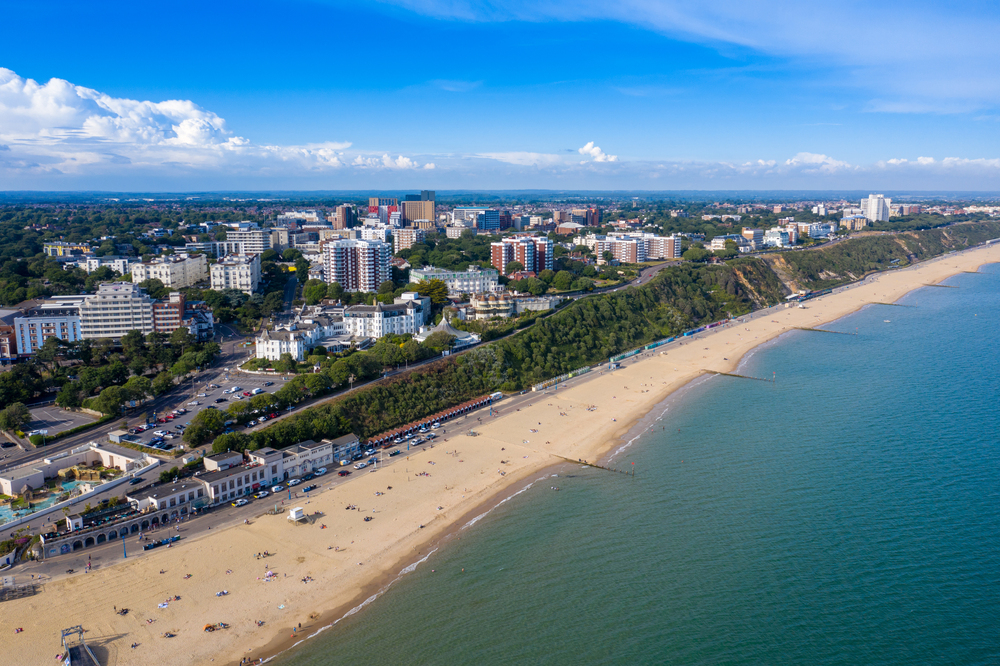
These coastal destinations remind us that the ocean operates by its own rules, regardless of how inviting the scenery might appear. Many of these beaches offer incredible natural beauty and recreational opportunities—they just require swimmers to understand and respect the hidden dangers lurking beneath the surface.
Smart beachgoers research local conditions, heed lifeguard warnings, and remember that the most gorgeous beaches often come with the biggest risks. The ocean’s power deserves our respect, especially in places where nature shows its more dangerous side.
Like Travel Pug’s content? Follow us on MSN.
More from Travel Pug

- 20 Best Beach Towns in the Carolinas
- 13 Destinations Where Tourists Regularly Regret Their Trip
- 20 Things You Actually Get in First Class
- 20 Small Airports With Aviation Museums
- 20 Places in the U.S. That Are Perfect for a Reset Trip
Like Travel Pug’s content? Follow us on MSN.
